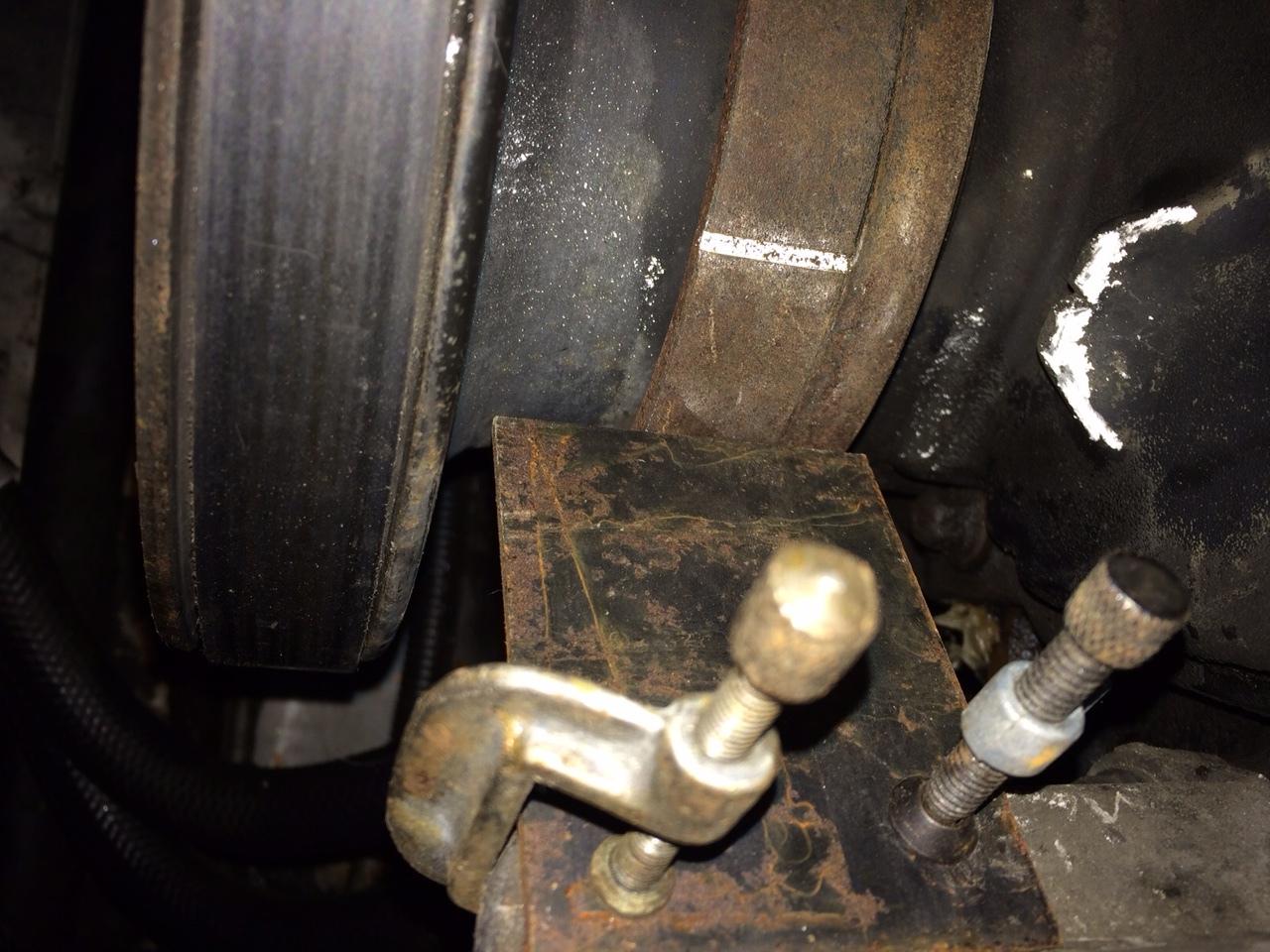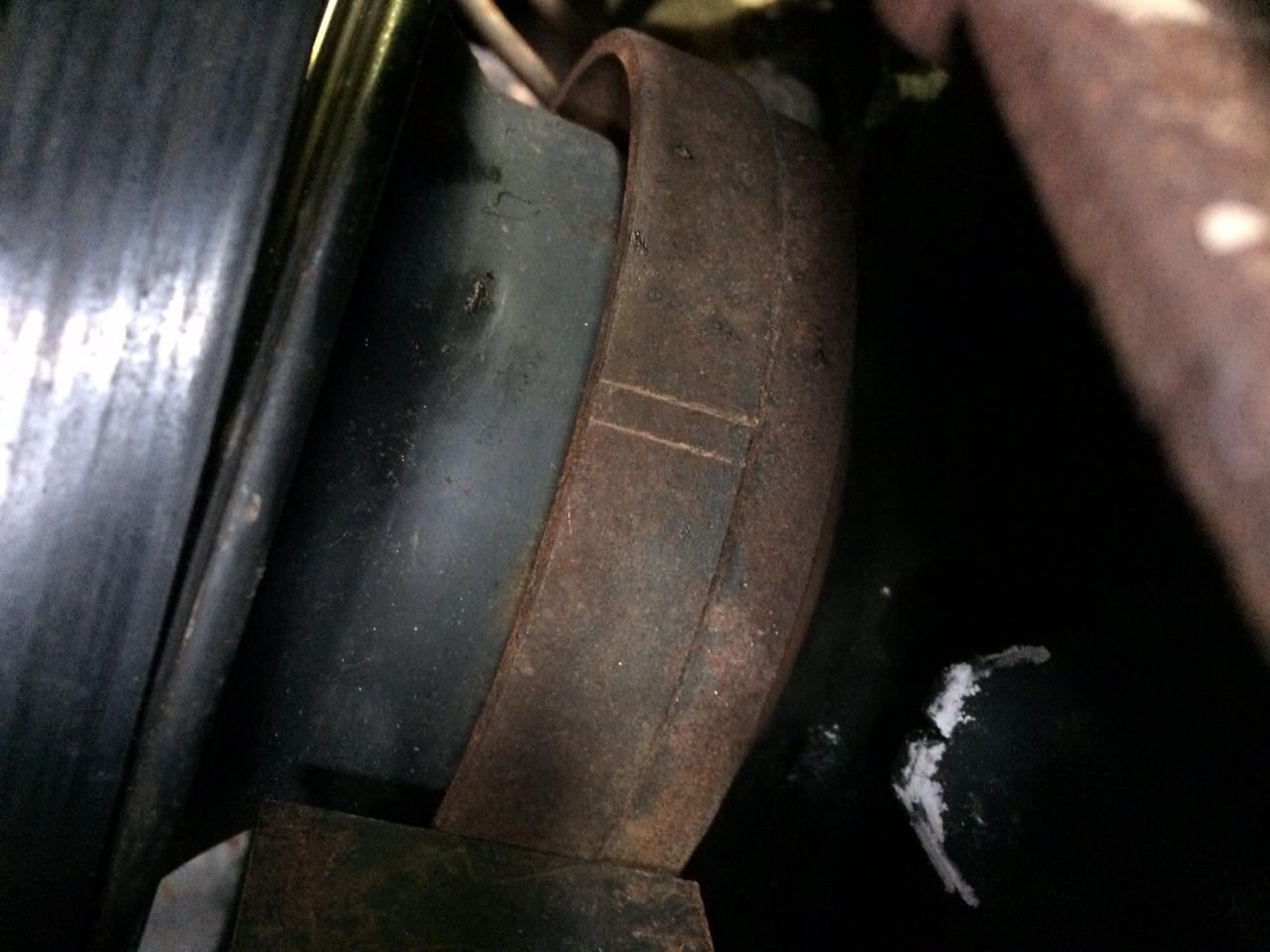1995 Chevy S-10 Blazer - 4.3 L Vortec V6 (vin W with PCM) - 230,000 miles original owner.
FWIW, this model car/engine does not have timing chain inspection and/or changing as part of the routine maintenance schedule like cars with timing belts. According to GM, the timing chain is supposed to last for the "life of the engine". However despite this, I realize that at 230,000 miles, the chain could very well be worn out and need replacement.
This question is a followup to this answer.
I've been chasing down a rough idle condition, and after eliminating just about every other source of this, I've come down to slack in the timing chain.
The engine idle has improved greatly after putting the timing to factory spec (0 TDC w/ timing computer wire unplugged) and installing a brand new distributor. However, it's still not quite there and I'm trying to evaluate whether or not to change the timing chain.
There's no doubt that the chain is stretched out and I'm trying to accurately measure that. Roughly, based on a visual inspection (rotating crank while looking at rotor), I'm thinking about 5-7 degrees. This estimate already takes into account the play between the distributor/camshaft gears. I'm trying to find a helper so I can get a more accurate measurement on the balancer itself.
When looking at the engine timing using a timing light, here are my observations under two very different conditions:
The computer timing wire disconnected: I did not expect to see any advance on acceleration from idle, yet my timing light shows a timing advance. This model does not have counterweights or vacuum advance.
The computer timing wire plugged in: The timing mark seems to jump around. I would expect the computer to advance/retard timing smoothly with engine acceleration, not jump back & forth.
In both cases, the amount of movement is the same... visually estimated to be close to 1/2 inch. The balancer is 6" diameter so that's roughly 10 degrees. There can only be slop/play in the distributor gear and/or timing chain that would explain the two observations above.
Obviously, any timing chain will gradually stretch/wear over time. What is an unacceptable amount of chain stretch or play? At what point does changing the chain become critical?
1995 GM S-10 Service Manual says that if the chain has "more than 5/8" of side to side movement", it should be changed. However, if I take off the timing cover to measure this, then I might as well just change the chain.
EDIT: Following the procedure posted on this website from this answer:
As you can see in the photo below, using the timing tab built into the timing cover would not yield an accurate measurement. So I clamped a steel plate to the power steering mount, which gave me a straight edge for making very accurate reference marks. (In this photo you can see that I've marked the timing groove and timing tab with white chalk)

Then following the procedure as posted in the answer, I rotated the crankshaft clockwise while observing the rotor moving. I stopped and scratched a starting reference mark. Then while my helper observed the rotor, I slowly turned the crankshaft counter-clockwise, stopping exactly when my helper observed movement, and I scratched another mark. You can see these two scratch marks in the photo below.

- Diameter of the balancer as measured by caliper: 6.125"
- Calculated circumference of the balancer: 19.2422" (6.125 x π)
- 19.2422" divided by 360 degrees => 0.05345" per degree
The measured distance between the two marks is 3/16".
(3/16") divided by (0.05345"/degree) => 3.508 degrees
I repeated the procedure several times in different places on the balancer and always came up with 3/16".
